Understanding Interdependence in the Thinking Process
International Coach Academy
MAY 22, 2023
The thinking process is a mental or cognitive process that occurs in the brain when we engage in thinking or problem-solving. There are different types of thinking processes, including critical, creative, and analytical thinking. Conversely, customers rely on the business to provide their needed products or services.





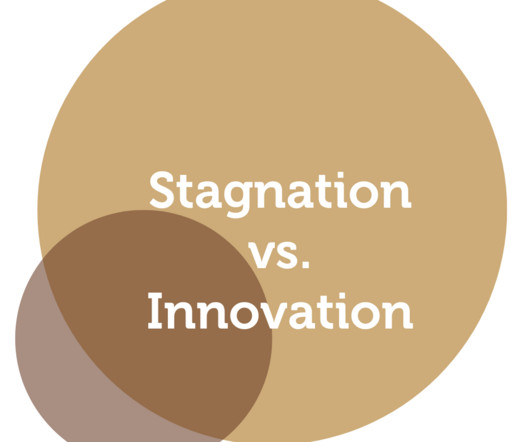

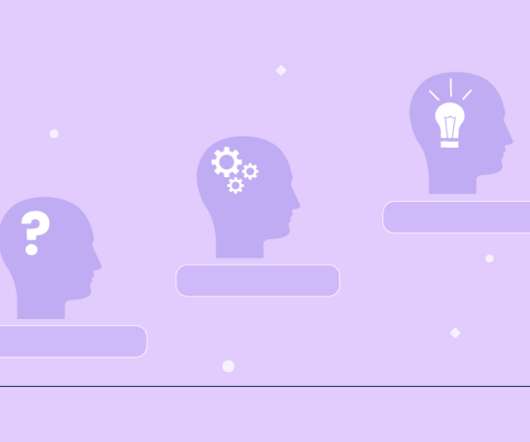


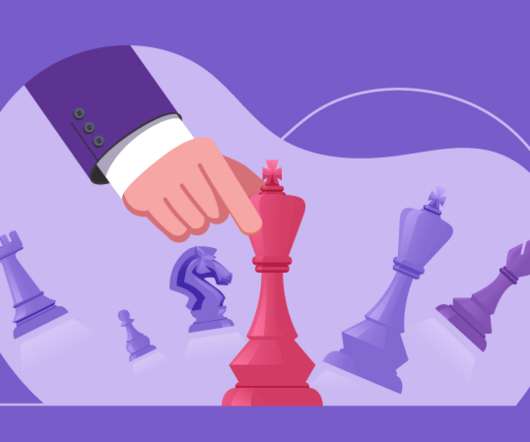
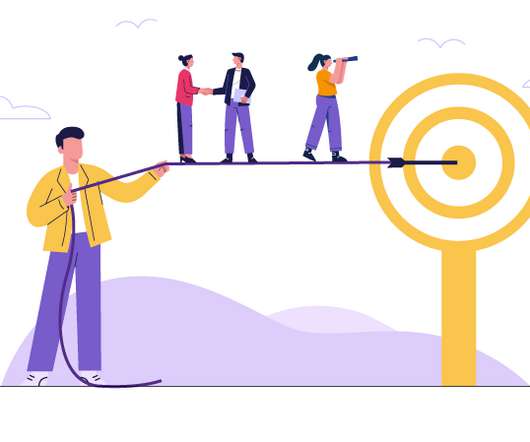
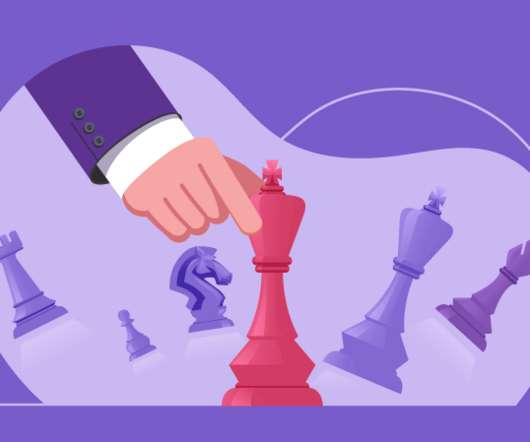







Let's personalize your content